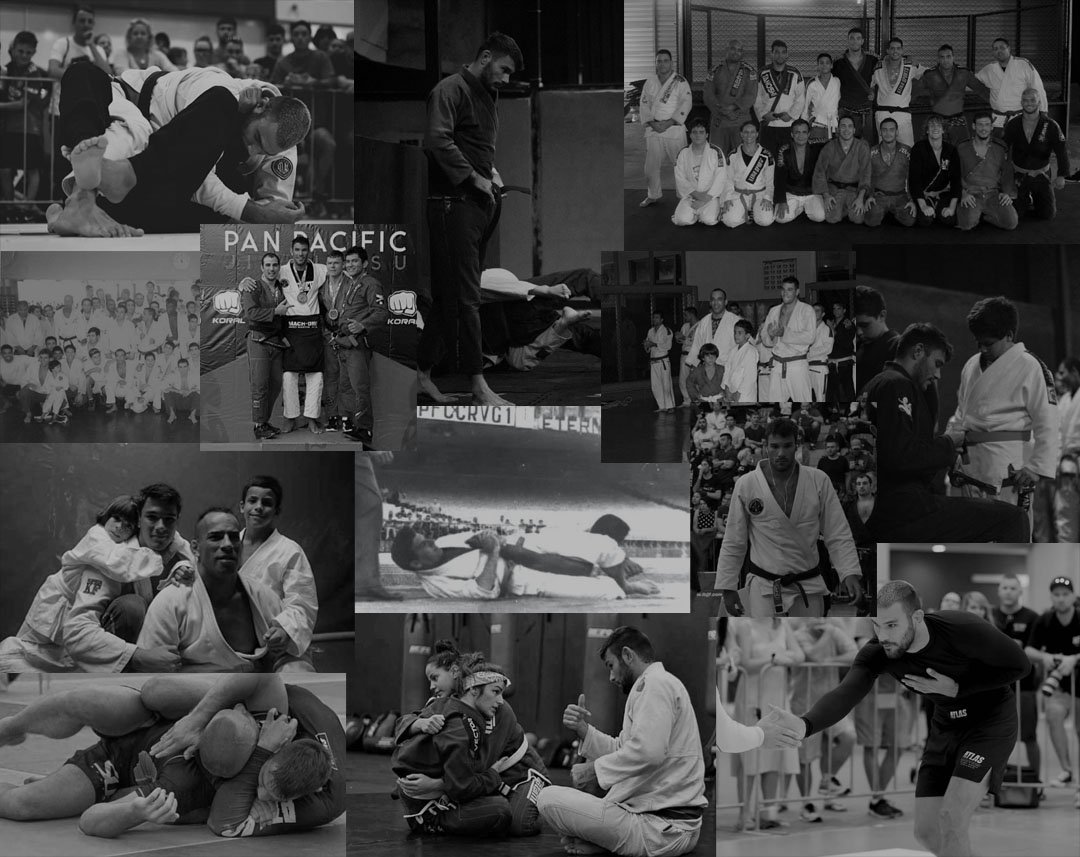
NO-GI
No-Gi Brazilian Jiu-Jitsu (BJJ) is a dynamic grappling discipline derived from traditional BJJ, practiced without the use of the kimono (gi). Originating in Brazil, it evolved as a streamlined adaptation for faster-paced, grip-free combat, emphasizing control through underhooks, overhooks, and body positioning. Practitioners wear rash guards and grappling shorts, prioritizing friction-based control and agility over gi-dependent grips.
The art focuses on submissions like chokes, joint locks, and leg attacks, with an emphasis on speed, fluid transitions, and scrambles. Its reliance on core principles of leverage and technique—rather than strength—makes it highly effective for mixed martial arts (MMA), self-defense, and modern submission grappling competitions (e.g., ADCC, EBI).
Training in No-Gi sharpens reflexes, adaptability, and cardiovascular endurance, while retaining BJJ’s core philosophy of enabling smaller individuals to neutralize larger opponents. Popularized globally, it bridges the gap between sport BJJ and real-world scenarios, fostering creativity and tactical problem-solving in ever-changing combat dynamics.
What to Expect in a No-Gi Class?
Warm-up: Dynamic drills, mobility exercises, and wrestling-based movements.
Technique Training: Learning takedowns, submissions, escapes, and positional control adapted to No-Gi.
Positional Drills: Practicing techniques with partners using real-world resistance.
Rolling (Sparring): Live grappling sessions to apply skills in a fast-paced environment.
High Intensity: Faster exchanges due to the lack of gi grips, emphasizing athleticism and adaptability.

